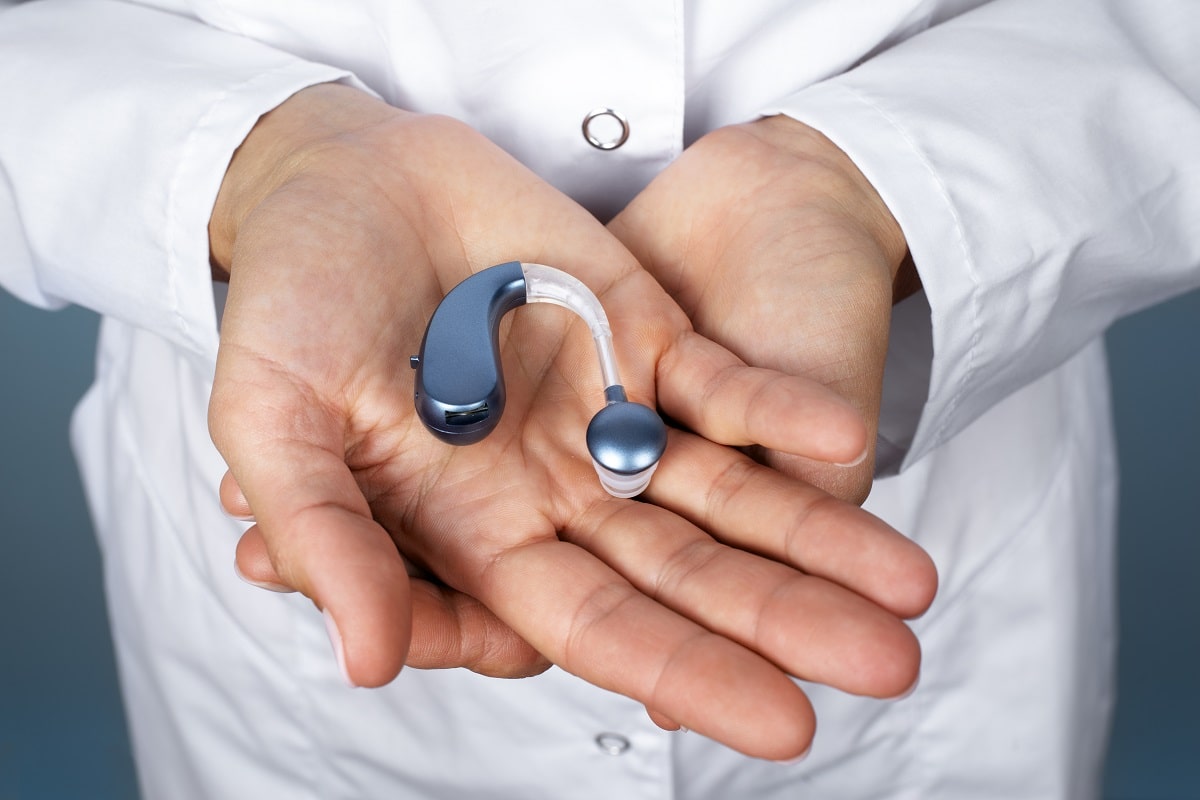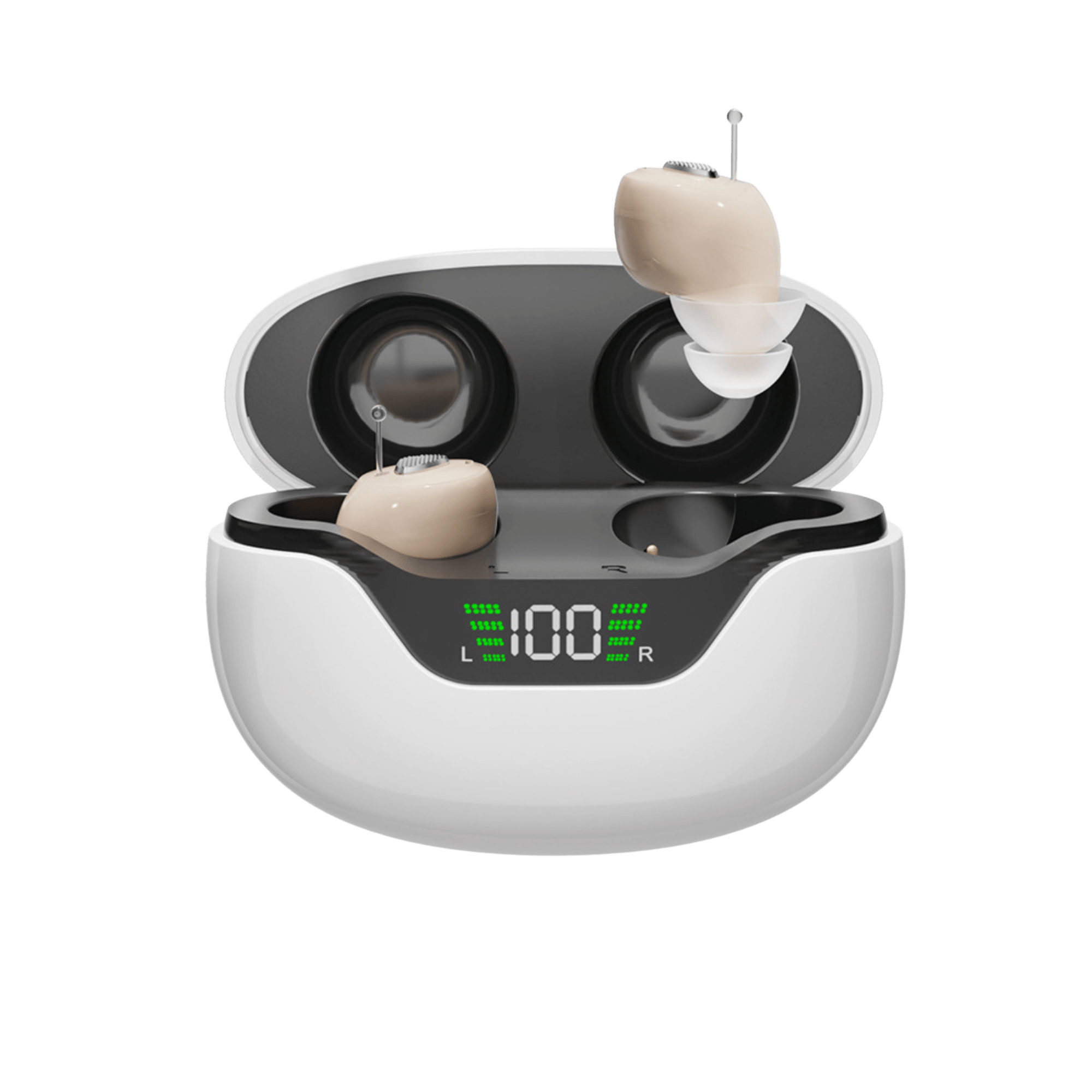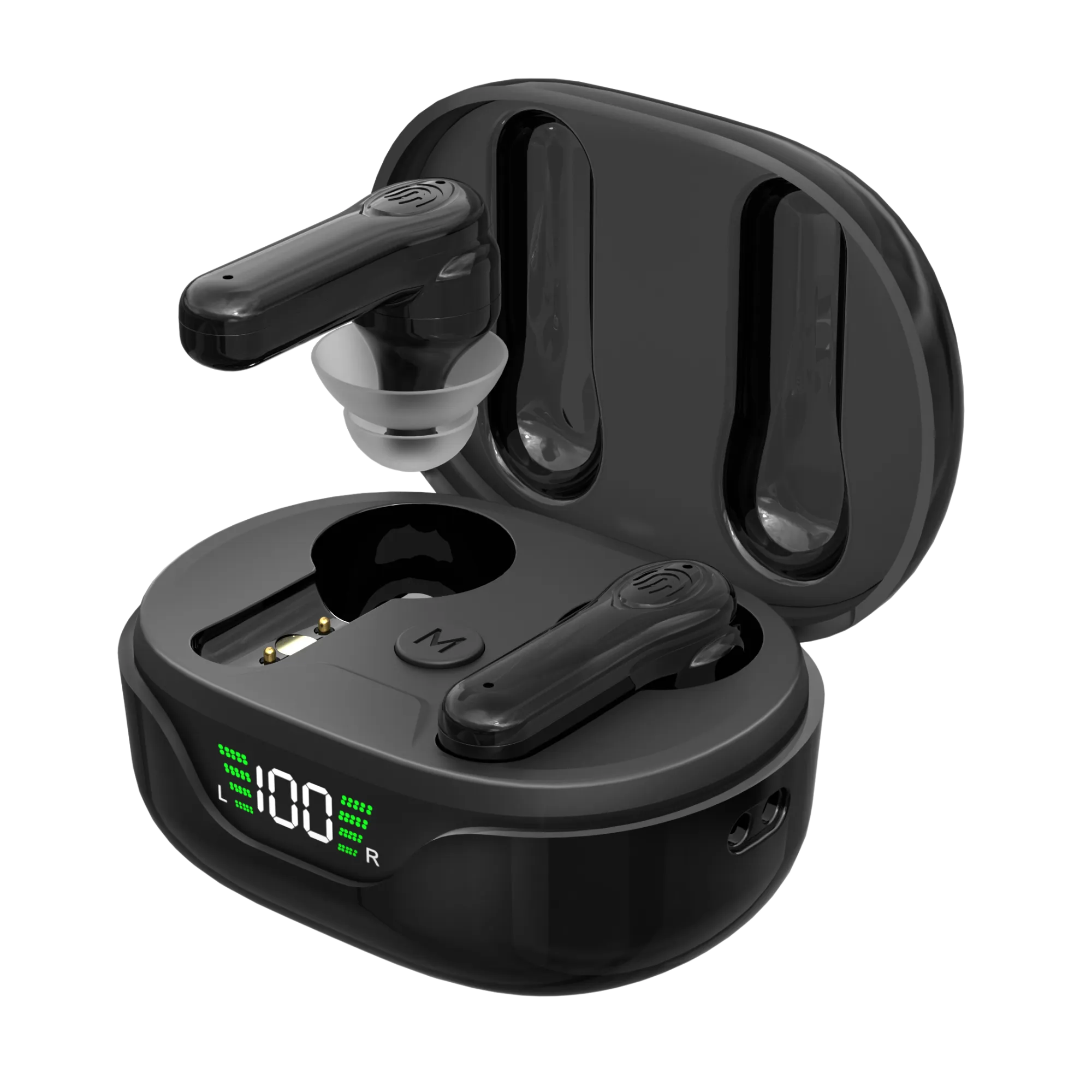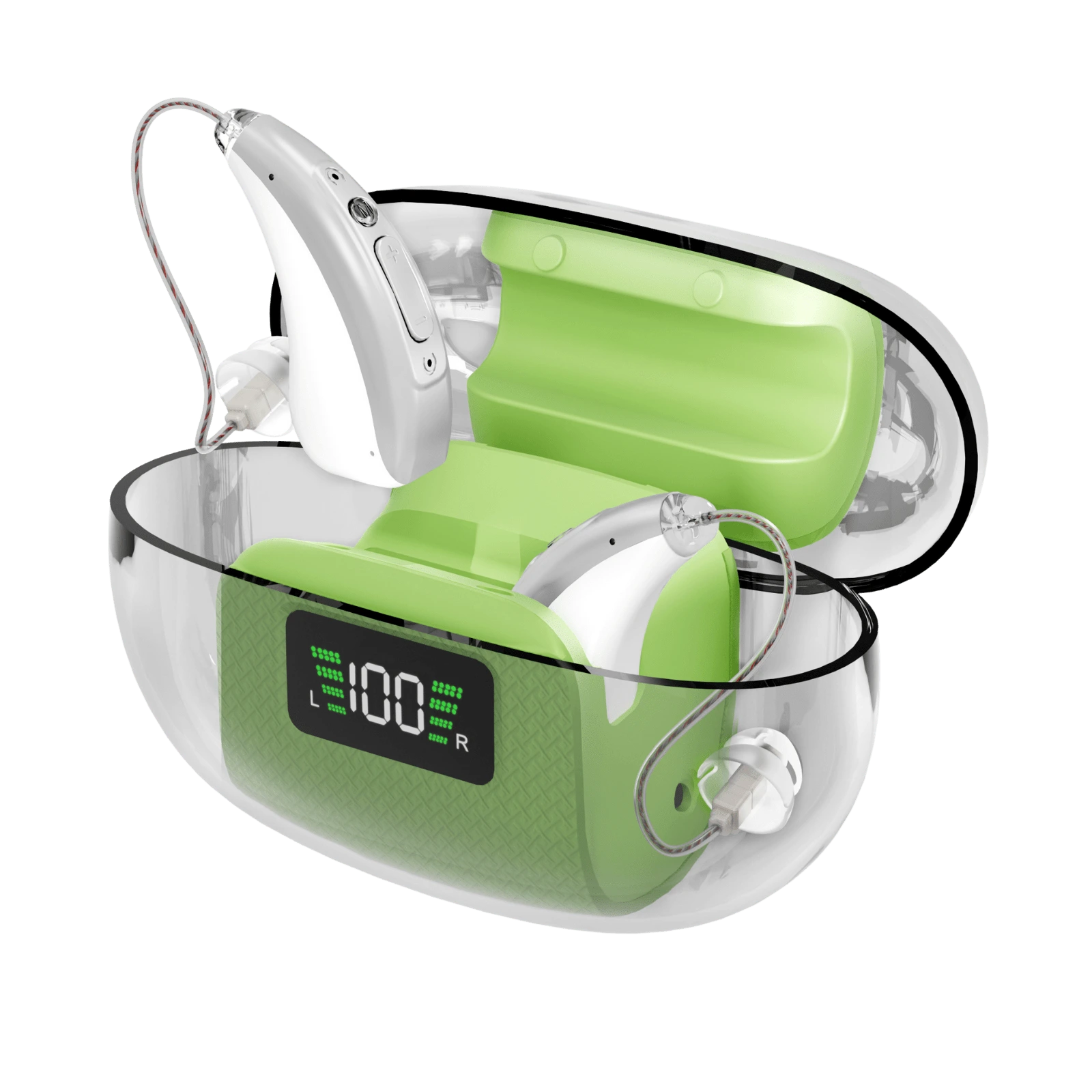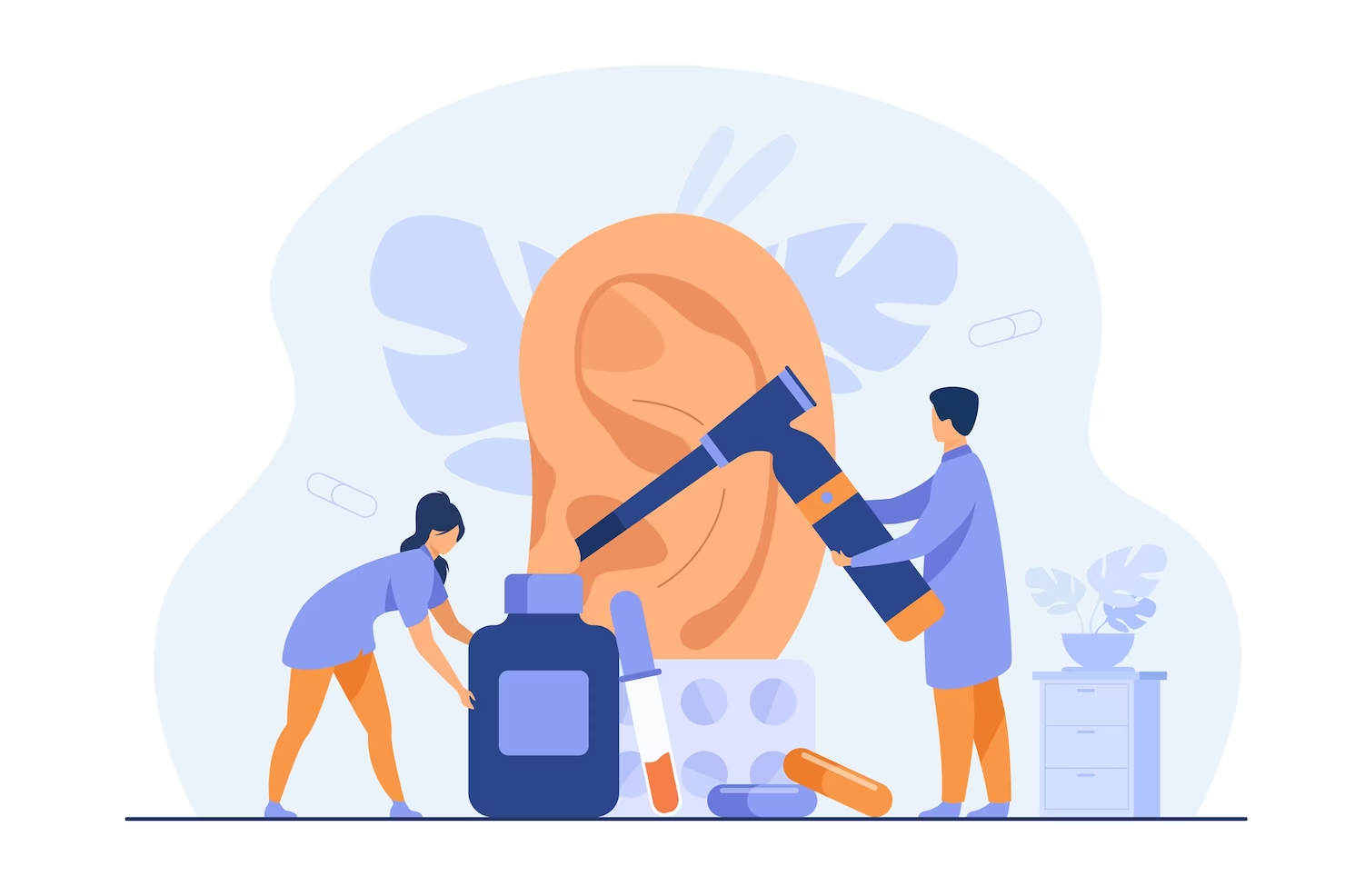A Full Guide to the Process of Putting on Hearing Aids
Choosing to use a hearing aid to try to improve your hearing is a big step. It shows a desire to improve dialogue, relationships, and the overall quality of life. But, as with any medical procedure, it's important to know what's going on in order to get the best results. This piece talks about how hearing aids are fitted and made to work best for each person. We want you to be well-informed and ready for the process of getting a hearing aid.
Step 1: Figure out what you need to hear.
The first step in getting a hearing aid that works well is getting a full review of your hearing health. This is generally done by having an audiologist or other hearing care professional test your hearing. They will use high-tech tools to figure out the type, severity, and trend of any hearing loss you may have. With this information, you'll be able to choose the best hearing aid type for your needs.
Step 2: Choose a hearing aid
Your audiologist will tell you which hearing aid types are best for you based on the results of your hearing test. The best hearing aid for you will depend on how you live, how much money you have, how you want it to look, and what you need it for. This could be anything from standard behind-the-ear (BTE) models to devices that go all the way into the ear canal (CIC). There are many different kinds of hearing aids on the market today, and each one has different features like noise reduction, directional microphones, and wireless connection.
Step 3: Customizing and making sure it fits
Once the right hearing aid model has been picked, the next step is to make it fit the person. Some hearing aids, especially in-the-ear (ITE) or in-the-canal (ITC) models, may need a print of your ear. This impression is used to make a hearing aid shell that fits your ear correctly. This makes sure that the hearing aid is as comfortable and effective as possible.
For other types of hearing aids, like BTE or RIC models, customization generally means choosing the right size of ear tip or earmold to fit your ear comfortably.
Step 4: Putting the hearing aid together
Hearing aids are not just loudspeakers; they are complex devices that are made to fit your hearing needs. Based on the results of your hearing test, your hearing aid will be set up by a professional. They will change the frequencies and levels of sound so that you can hear things clearly and not feel uncomfortable.
Modern hearing aids can also have different systems, or "modes," that work best in different situations. For instance, one mode might be best for quiet talks at home, while another might be best for loud places like restaurants. During the setting step, your hearing aid is set up so that it works best in all the places where you hear sounds.
Step 5: Making sure it fits
Once your hearing aid has been set, your audiologist will check how well it fits and how good the sound is. This means making sure the hearing aid fits well in your ear and gives you the right amount of volume for different sounds.
In some cases, the process of making sure someone is who they say they are may include a step called "real ear measurement." This is done by putting a small tube in your ear canal along with your hearing aid and playing sounds through it while measuring how loud the sounds are near your eardrum. This makes sure that the hearing aid sends the right amount of sound to the right place.
Step 6: Get started and keep in touch
Lastly, the person who takes care of your hearing will show you how to use and care for your hearing aid. This means showing them how to put the device in and take it out, change the batteries or charge it, clean it, and switch between different programs or modes.
When you leave the center, the process of getting fit doesn't end. It's normal to need to make some changes or "fine-tune" your hearing aid once you start using it in your everyday life. This could mean that you need to go back to your audiologist for more programming or fit changes to get the best results.
In the end, putting on hearing aids is a personalized process that takes several steps. It starts with figuring out what you need and then choosing, customizing, and programming the right gadget. The last steps in the clinic are making sure the hearing aid fits and showing you how to use it. But remember, your journey with your hearing aid doesn't end when you start using it in your everyday life. The end goal is to help you hear better so that you can live a better life. With the right help and advice from a hearing care professional, you can definitely reach this goal.
Choosing to use a hearing aid to try to improve your hearing is a big step. It shows a desire to improve dialogue, relationships, and the overall quality of life. But, as with any medical procedure, it's important to know what's going on in order to get the best results. This piece talks about how hearing aids are fitted and made to work best for each person. We want you to be well-informed and ready for the process of getting a hearing aid.
Step 1: Figure out what you need to hear.
The first step in getting a hearing aid that works well is getting a full review of your hearing health. This is generally done by having an audiologist or other hearing care professional test your hearing. They will use high-tech tools to figure out the type, severity, and trend of any hearing loss you may have. With this information, you'll be able to choose the best hearing aid type for your needs.
Step 2: Choose a hearing aid
Your audiologist will tell you which hearing aid types are best for you based on the results of your hearing test. The best hearing aid for you will depend on how you live, how much money you have, how you want it to look, and what you need it for. This could be anything from standard behind-the-ear (BTE) models to devices that go all the way into the ear canal (CIC). There are many different kinds of hearing aids on the market today, and each one has different features like noise reduction, directional microphones, and wireless connection.
Step 3: Customizing and making sure it fits
Once the right hearing aid model has been picked, the next step is to make it fit the person. Some hearing aids, especially in-the-ear (ITE) or in-the-canal (ITC) models, may need a print of your ear. This impression is used to make a hearing aid shell that fits your ear correctly. This makes sure that the hearing aid is as comfortable and effective as possible.
For other types of hearing aids, like BTE or RIC models, customization generally means choosing the right size of ear tip or earmold to fit your ear comfortably.
Step 4: Putting the hearing aid together
Hearing aids are not just loudspeakers; they are complex devices that are made to fit your hearing needs. Based on the results of your hearing test, your hearing aid will be set up by a professional. They will change the frequencies and levels of sound so that you can hear things clearly and not feel uncomfortable.
Modern hearing aids can also have different systems, or "modes," that work best in different situations. For instance, one mode might be best for quiet talks at home, while another might be best for loud places like restaurants. During the setting step, your hearing aid is set up so that it works best in all the places where you hear sounds.
Step 5: Making sure it fits
Once your hearing aid has been set, your audiologist will check how well it fits and how good the sound is. This means making sure the hearing aid fits well in your ear and gives you the right amount of volume for different sounds.
In some cases, the process of making sure someone is who they say they are may include a step called "real ear measurement." This is done by putting a small tube in your ear canal along with your hearing aid and playing sounds through it while measuring how loud the sounds are near your eardrum. This makes sure that the hearing aid sends the right amount of sound to the right place.
Step 6: Get started and keep in touch
Lastly, the person who takes care of your hearing will show you how to use and care for your hearing aid. This means showing them how to put the device in and take it out, change the batteries or charge it, clean it, and switch between different programs or modes.
When you leave the center, the process of getting fit doesn't end. It's normal to need to make some changes or "fine-tune" your hearing aid once you start using it in your everyday life. This could mean that you need to go back to your audiologist for more programming or fit changes to get the best results.
In the end, putting on hearing aids is a personalized process that takes several steps. It starts with figuring out what you need and then choosing, customizing, and programming the right gadget. The last steps in the clinic are making sure the hearing aid fits and showing you how to use it. But remember, your journey with your hearing aid doesn't end when you start using it in your everyday life. The end goal is to help you hear better so that you can live a better life. With the right help and advice from a hearing care professional, you can definitely reach this goal.
